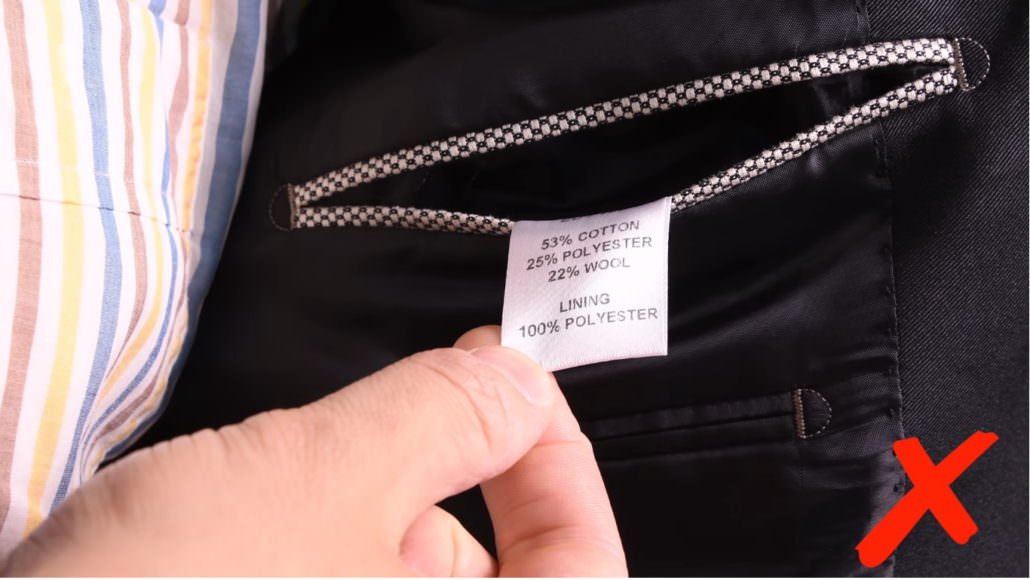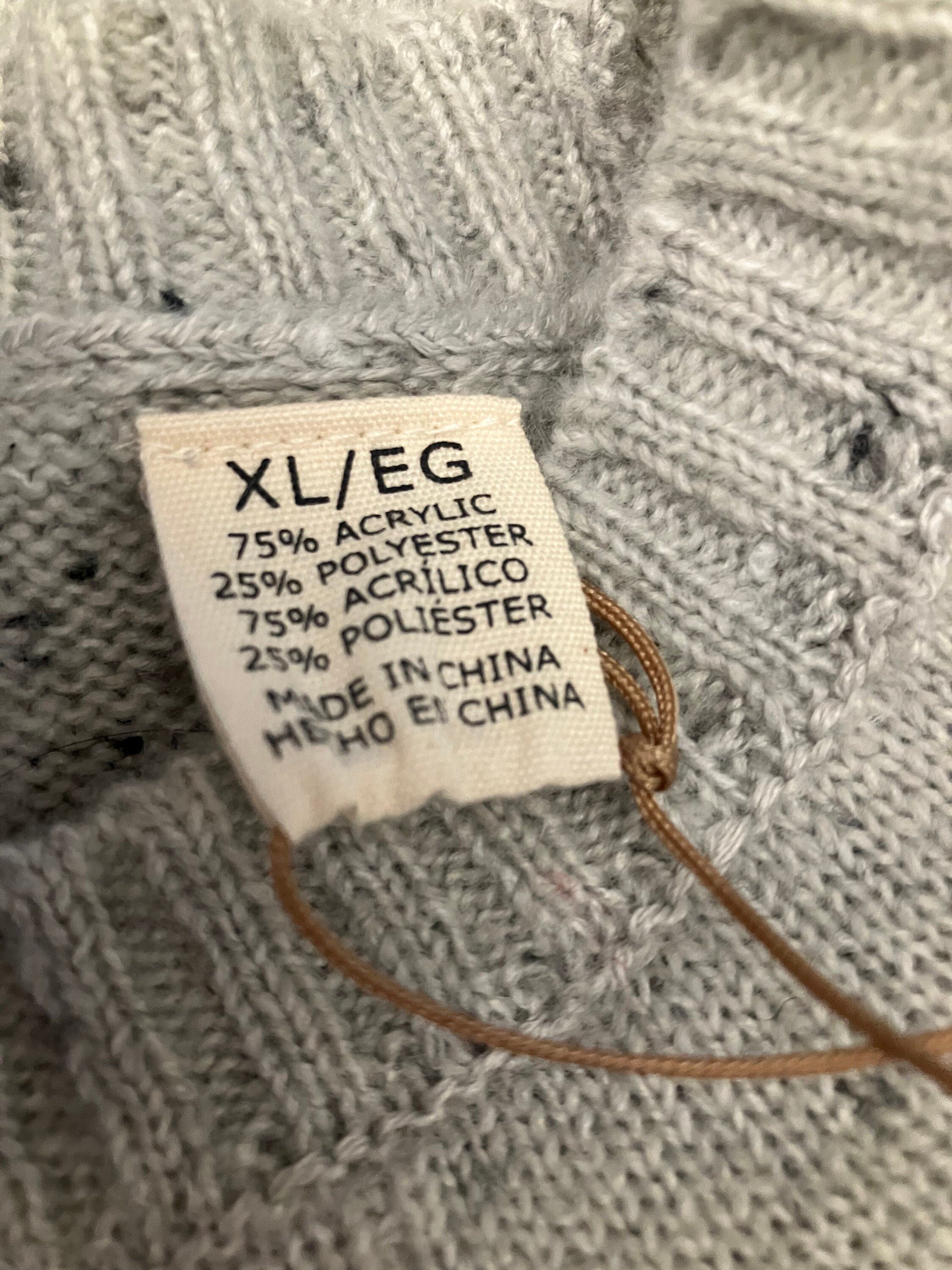The Real Reason You’re Getting “Shocked” All Winter: Synthetic Fabrics
Most people have asked the question “Why do I get shocked all the time during the winter?” It’s frustrating, to fear touching a doorknob or a piece of furniture for the worry of getting zapped. Hearing that sizzle and knowing the next bit of metal you touch or person you brush by is going to hurt. These everyday events are examples of static electricity in action. In this blog post, we'll unravel the science behind static electricity, its relationship with synthetic materials, and how you can mitigate it during the winter months.
What is Static Electricity?
Static electricity is the build-up of electrical charges on the surface of objects. This accumulation occurs when different materials rub against each other, causing a transfer of electrons. The object that gains electrons becomes negatively charged, while the one that loses electrons is left with a positive charge. When these charges find a way to be released quickly, such as through contact with an object of opposite charge or a conductor, a static shock can occur.
Synthetic Materials and Static Charge
The prevalence of static electricity in synthetic materials is rooted in their physical properties and the nature of the materials themselves. Synthetic fibers like polyester, nylon, and acrylic are particularly prone to static electricity because these materials are made from petroleum products. What this really means is that they are essentially plastic, which is a poor conductor of electricity. When these materials rub against another object, such as your skin or another piece of clothing, electrons are transferred. This process, known as triboelectric charging, results in one object gaining electrons and becoming negatively charged, while the other loses electrons and becomes positively charged. The charge remains trapped on the synthetic fabric because it cannot conduct electricity, causing it to build up and eventually discharge as a static shock when it comes into contact with a conductor or an oppositely charged object.
The fashion industry's heavy reliance on these synthetic materials for their versatility and cost-effectiveness has inadvertently added a spark to our lives, and not in a good way. While these materials have flooded the fashion world, offering stretch and wrinkle resistance, they also come with the annoying side effect of static electricity. This not only causes discomfort due to unexpected shocks but can also lead to embarrassing fashion mishaps, like clothes clinging in all the wrong places. It's high time that the fashion industry takes into account the full user experience of wearing their garments and prioritizes the comfort of the wearer. This could involve investing in the development of new materials that maintain the benefits of synthetics without the static or pivoting towards more natural fibers, which are less prone to static electricity.
Why is There More Static in the Winter?
Winter weather exacerbates static electricity for a simple reason: dry air. The humidity in the air during warmer months helps to dissipate the static charges. However, the cold winter air holds less moisture, making it harder for static charges to disperse (which is why you don’t see much lightning in colder climates during the winter). This results in a build-up of static electricity, leading to more frequent and noticeable shocks.
Additionally, we tend to use heating systems in winter, further contributing to the dry conditions that favor static electricity buildup in our homes and workplaces. Heating systems can decrease the indoor relative humidity, making the environment even drier and perfect for static electricity to thrive. The chilly, dry conditions of winter are the perfect storm for an increase in static electricity. When you add synthetic materials, that storm rains on you all winter.
Everyday Examples and Mitigation Tips
From the cling of stretchy socks fresh out of the dryer to the zap from touching a car door handle, static electricity is, unfortunately, a part of our daily lives. To reduce static electricity in your home during the winter, consider using a humidifier to increase moisture levels in the air. Wearing clothes made from natural materials like cotton, wool, or cashmere can also help, as these fabrics don't hold static charges as easily as synthetic ones. However, it's important to note that while natural fibers can still generate static, they generally produce far less static than synthetic materials. So, choosing natural fibers over synthetics can help minimize, though not completely eliminate, the occurrence of static shocks.
Whether your mission is to get the plastic out of your “going out” wardrobe, your “at home” wardrobe, or both, it can be tough to know which natural materials you should be looking for. To identify these on the tags of the clothes you’re considering replacing and the clothing in your shopping cart, check out this post on identifying and understanding fabric abbreviations.
FAQs
Why do I get an electric shock when I touch something in winter?
The colder, dryer air in the winter means that static electricity isn’t dissipated by the ambient humidity like it is during the warmer months. This means that static charge is more likely to find its way to you!
Why do I keep getting shocked by everything I touch?
A lot of it has to do with the clothing you’re wearing and the materials of the furniture you’re touching. Synthetic materials like rayon, polyester, and acrylic increase the likelihood of static shocks drastically.
How do you get rid of static electricity in your body?
The best ways to mitigate static are to keep your living space at a higher humidity level than the ambient winter level and wear organic materials like wool, cashmere, linen, and cotton.
The Significance of Synthetic Materials and Sustainability
While synthetic materials have become an integral part of our lives, they definitely have their drawbacks. The production of synthetic fabrics has a significant environmental impact, contributing to pollution and waste. As consumers, we can make more sustainable choices by opting for clothing made from natural or recycled materials. Companies like Capitol Hill Clothiers are leading the way in this regard, offering over 2,500 organic fabric options in wool, cashmere, angora, alpaca, camel hair, and other great materials that will mitigate the static of the cold months! Their commitment to sustainability ensures you can look stylish while also reducing your environmental footprint.
Conclusion
Winter's static shocks are a quirky reminder of the science that governs our daily lives. By understanding what causes static electricity and how synthetic materials and dry winter air play a role, we can take steps to reduce its impact. And in doing so, we might just find ourselves moving towards more sustainable fashion choices. So next time you're shopping for a new winter outfit, remember the role of materials in static electricity and consider choosing natural fabrics. Your hair, your skin, and the environment will thank you!





